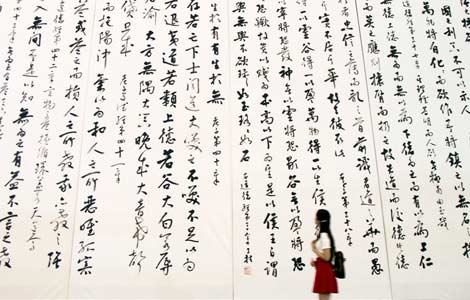Changing lives on celluloid
By Sheryl Garratt ( China Daily ) Updated: 2014-08-23 07:45:02Her preparations for a role are usually intense. For A Thousand Times Good Night she met and spent time with several journalists specialising in conflict and humanitarian issues, including the top American photojournalist Lynsey Addario, Sidsel Wold (the Middle Eastern correspondent for the Norwegian equivalent of the BBC) and the American photographer Zoriah Miller, who came on set to help with body language and showed Binoche how to handle the camera.
'She's a type of actor I love, because they get so devoted to the story,' Erik Poppe says.
He marvels at her obsession with detail that the audience would never see or know. "What does she have in her pocket? What's the name of the contact in Taliban who set up this story for her?"
There is a scene where Rebecca is explaining pictures she has taken in Congo to her elder daughter. Originally, Poppe's photos were going to be used, but Binoche remembered some shots Marcus Bleasdale had shown her, and felt they would be more powerful. One was a portrait of Mari, a woman who was left for dead after her lips and ears had been cut off by the Lord's Resistance Army, a gang of thugs who for the past 25 years have been abducting children and forcing them to fight for them. It took months for Bleasdale to track Mari down via Mdecins Sans Frontires - she has since had reconstructive surgery - to get her permission to use the image in the film, but Binoche was right. It helps her daughter - and the viewer - understand why Rebecca is compelled to do the work she does.
"She was so engaged in the issues," Bleasdale says. "We worked together on the dialogue for that scene quite closely, because she really wanted to represent Congo accurately. She's very studious and thoughtful about representing the people and the place."
In order to be as accurate as possible, Poppe was determined to film as much as possible in Afghanistan and in Kenya, where Rebecca takes her daughter to visit a refugee camp. Some footage was shot at the Kakuma Refugee Camp in Kenya, situated near the border of Sudan and Uganda, some in Kabul in 2012, just after the American citizen Sam Bacile had posted his anti-Muslim film on YouTube.
"To be a Western film crew in Afghanistan at that time was not easy," Poppe says wryly. "I worked with the tiniest crew possible, and we'd set up, film for 25 minutes then move away and come back later. So we just kept moving around."
Nonetheless Binoche was indignant that she couldn't go along. Her scenes were shot in Morocco later, and even a week-long trip to Syria that Poppe had arranged in order for her to get a feel for such places had to be cancelled when the situation there worsened. "She was really keen to do that, but in the end the financiers said absolutely not. They were terrified that something would happen," he says.
Sadly, shortly after I met with Binoche, fact and fiction uncomfortably collided when the German photographer Anja Niedringhaus was killed and her colleague Kathy Gannon badly injured while covering the elections in Afghanistan. Niedringhaus was the third journalist to be killed in Afghanistan since mid-March, making the risks reporters are taking all the more clear.
"It's a job I feel very passionate about," Marcus Bleasdale, who had recently returned from the Central African Republic when we spoke, says. "I work closely with advocacy groups and policymakers, and try to use the work I create to influence and change policy. And I find that very rewarding."
"You want to give as much as you can," Binoche adds, when I ask why she put so much into the role. "The more you put your heart into it, the more you get into it, because you get attached, and you respect the people really doing this job. For them, it's almost a mission."
|
|
|
|
|
|
|
|
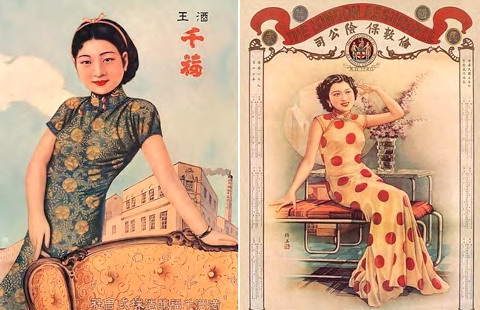
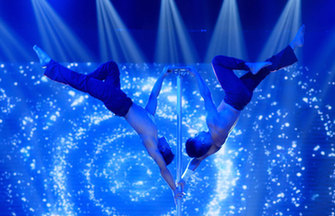
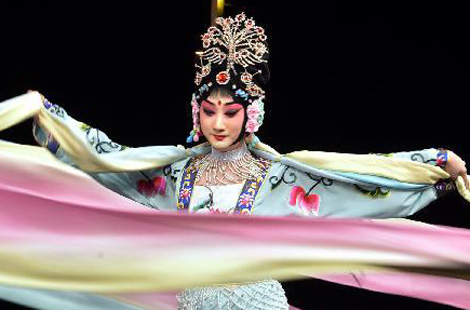
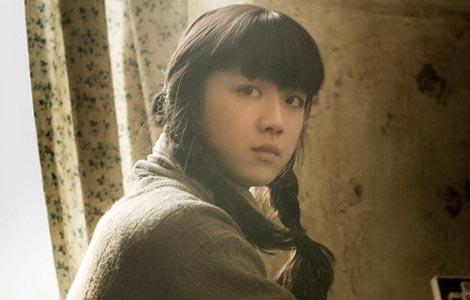


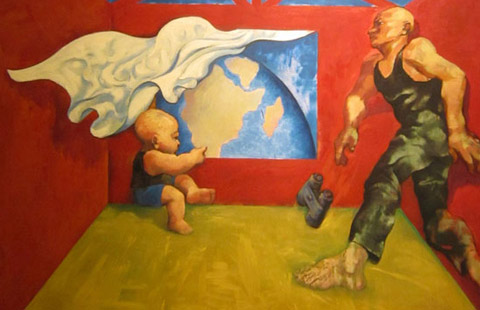

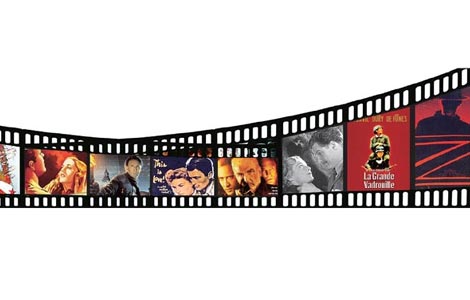




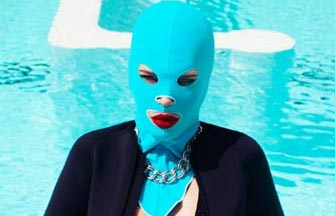








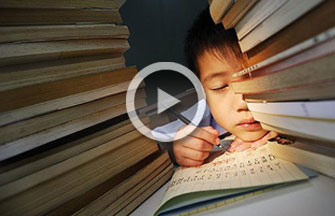
 Raymond Zhou:
Raymond Zhou: Pauline D Loh:
Pauline D Loh: Hot Pot
Hot Pot Eco China
Eco China China Dream
China Dream China Face
China Face
